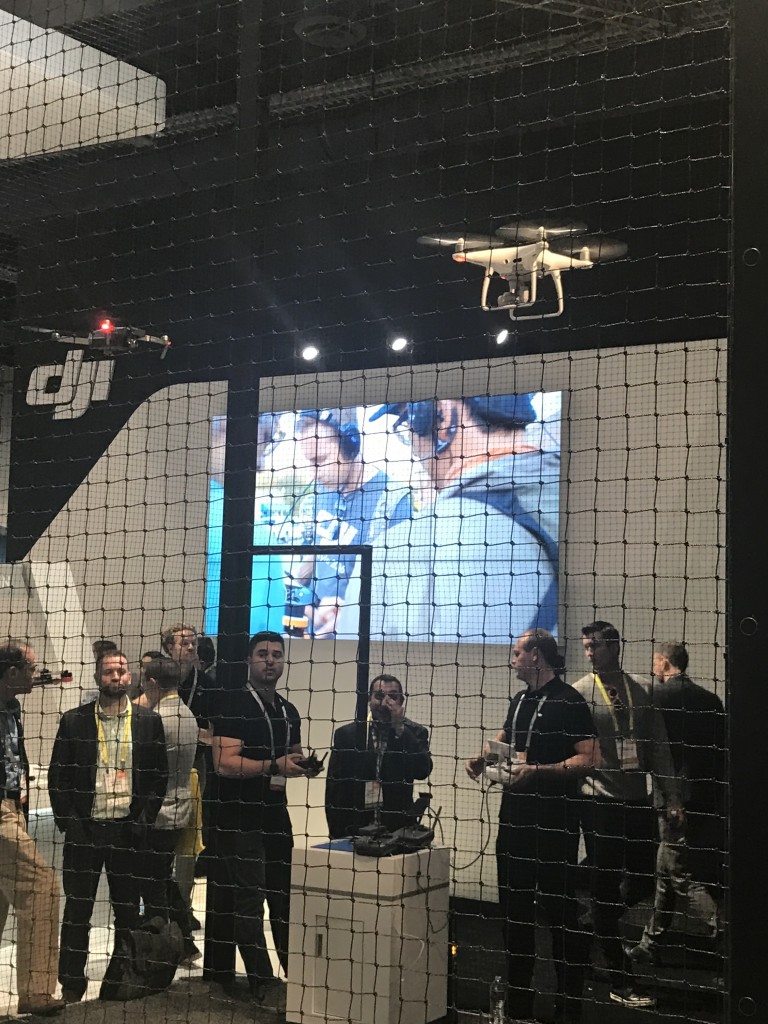Everywhere we look, machine learning is in the news. It’s driving cars and beating the world’s best Go players. Whether we are aware of it or not, it’s in our lives–understanding our voices and identifying our pictures.
Our goal of being able to measure the performance of hardware and software that does machine learning seems more relevant than ever. Our challenge is to scan the vast landscape that is machine learning, and identify which elements to measure first.
There is a natural temptation to see machine learning as being all about neural networks such as AlexNet and GoogLeNet. However, new innovations appear all the time and lots of important work with more classic machine learning techniques is also underway. (Classic machine learning being anything more than a few years old!) Recursive neural networks used for language translation, reinforcement learning used in robotics, and support vector machine (SVM) learning used in text recognition are just a few examples among the wide array of algorithms to consider.
Creating a benchmark or set of benchmarks to cover all those areas, however, is unlikely to be possible. Certainly, creating such an ambitious tool would take so long that it would be of limited usefulness.
Our current thinking is to begin with a small set of representative algorithms. The challenge, of course, is identifying them. That’s where you come in. What would you like to start with?
We anticipate that the benchmark will focus on the types of inference learning and light training that are likely to occur on edge devices. Extensive training with large datasets takes place in data centers or on systems with extraordinary computing capabilities. We’re interested in use cases that will stress the local processing power of everyday devices.
We are, of course, reaching out to folks in the machine learning field—including those in academia, those who create the underlying hardware and software, and those who make the products that rely on that hardware and software.
What do you think?
Bill















